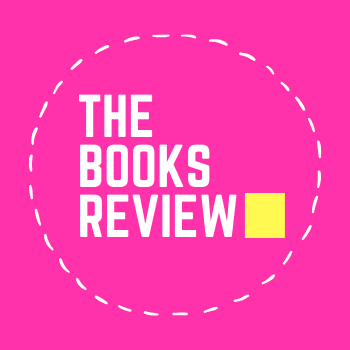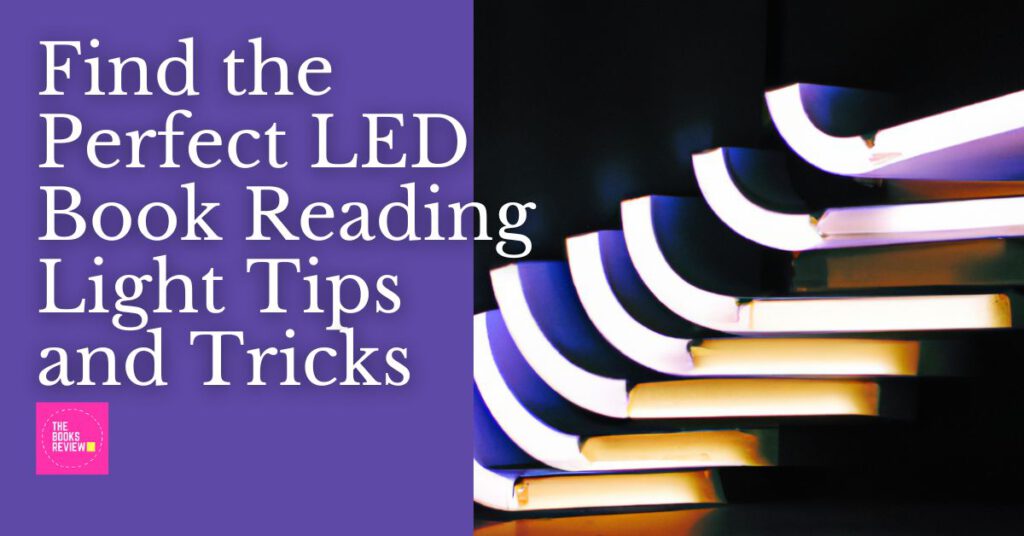Your support helps keep the site running! We recommend books and products we believe in. Some of the links on this page are affiliate links, which means we may earn a commission if you purchase through these links. Read our affiliate disclosure.
Book lovers know the importance of a decent reading light. Whether you’re curled up in bed with a book or at your desk with a textbook, the appropriate lighting can make or break your reading experience. LED book reading lights are popular due to their energy economy and extended lifespan, but with so many variations available, it can be difficult to decide which one is best for you.
We’ll go over some recommendations for selecting the best LED book reading light in this post to help you choose the finest option for your requirements.
Tip #1: LED Color Temperature & Choosing the Best Hue
One of the most important elements to consider when selecting an LED book reading light is the color temperature of the bulb.
The color temperature, which is measured in degrees Kelvin, refers to the look of the light generated by the bulb (K). Warmer color temperatures, ranging from 2700K to 3000K, have a yellow or orange tint and are commonly utilized to create a calming ambience in living rooms or bedrooms. Cooler color temperatures, ranging from 4000K to 5000K, have a blue or white tint and are preferable for jobs such as reading or working since they can improve alertness and focus.
The color temperature of a light, according to a research done by the Lighting Research Center at Rensselaer Polytechnic Institute, can have a substantial influence on human health and behavior. Warmer color temperatures (2700K – 3000K) were discovered to improve sleep quality, reduce exhaustion, and promote feelings of relaxation in the study. Cooler color temperatures (4000K – 5000K) on the other hand have been shown to promote alertness, improve work performance, and lower the risk of eyestrain.
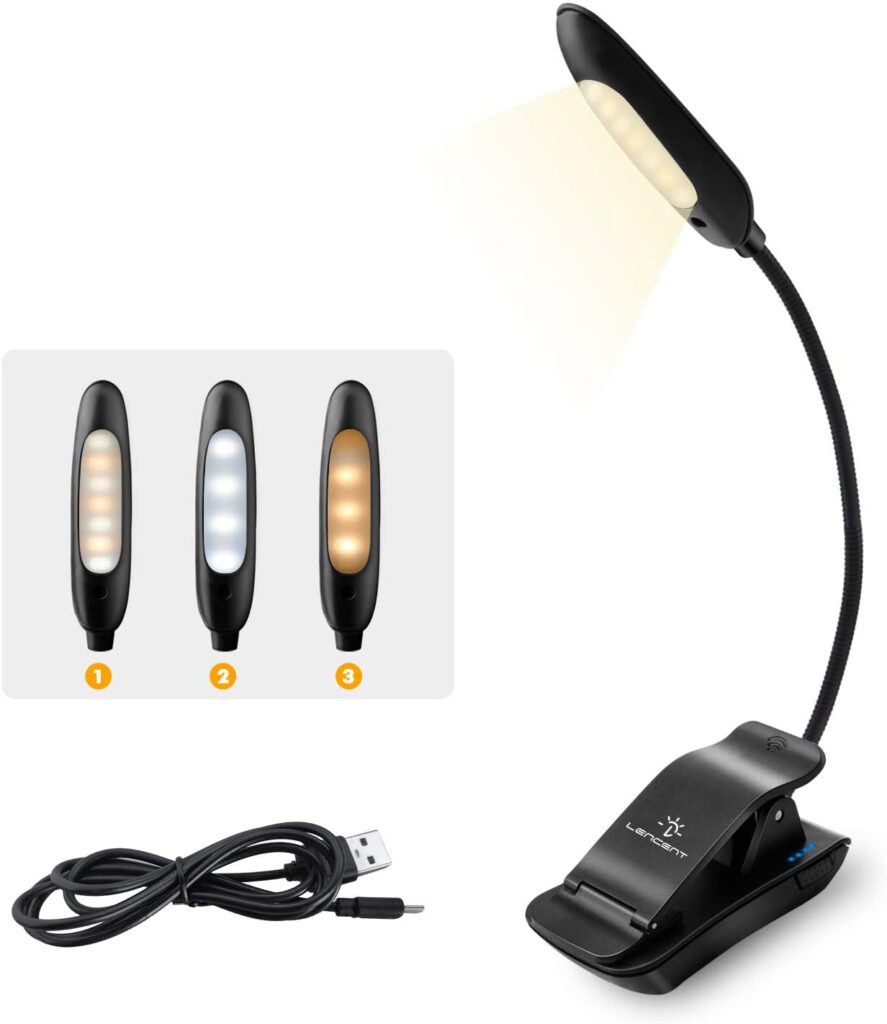
A rough idea on the temperature scale and where to use them is the following:
- Warm temperatures up to 2700K: This warm, yellow color is ideal for creating a friendly environment in places such as the dining room, kitchen, living room, den, bedrooms, study, or children’s playroom.
- At about 2700K: Like the warm temperatures above, this soft white hue may be used to create a pleasant ambiance in living rooms.
- White temperatures around 3000K: This white light is appropriate for usage in less comfortable places such as an office, game room, or workout room since it helps to keep inhabitants attentive. If a stronger light is needed, it can also be utilized in living spaces.
- Cold temperatures up to 4000K: This cool white light is ideal for jobs that demand a high level of focus and attention, such as those found in a hobby area, shop, or garage.
- Daylight temperatures of up to 5000K: This intense, blue white light is appropriate for usage in locations where important operations are carried out.
Warmer color temperatures are better for relaxing and calming down at the end of the day, while cooler color temperatures are better for reading and other jobs that need high levels of focus and attention.
You may have a look at the Giftable Amber Book Light or the Lencent Book Light for example.

Tip #2: The Key to Comfortable Reading, Proper Lighting Positioning
When selecting a book reading light, one of the most crucial elements to consider is how to place it for best lighting.
According to a research done by Rensselaer Polytechnic Institute’s Lighting Research Center, the direction and intensity of light can have a substantial influence on reading ability and overall comfort. According to the study, direct light from above, such as a desk lamp or overhead light, can eliminate shadows and enhance reading speed and accuracy. In contrast, indirect light, such as that from a floor lamp or a table lamp, can cast shadows on the page, making it difficult to see the text.
To find the best setting for your needs, you may need to change the brightness and angle of the light. In this case, a lamp with an adjustable neck or arm might be especially handy since it allows you to simply put the light where you need it.
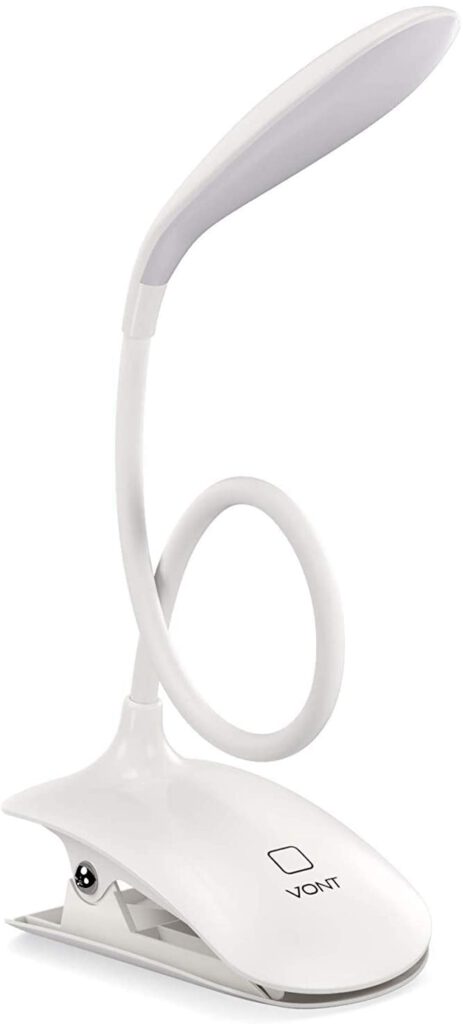
To reduce glare and guarantee that the light is adequately lighting the paper, try putting the light exactly above the page. This will eliminate shadows and make the writing easier to read.
It’s also a good idea to think about the sort of lighting you’re employing. LED lights, for example, are popular for reading lights due to their low heat production and low energy usage. However, they can occasionally emit a bright, blue-tinged light that is uncomfortable to read in for extended periods of time. If you are sensitive to strong, blue light, you might consider using an LED light with a warmer color temperature or one with a built-in diffuser to reduce glare.
Have a look to the Brightech Litespan as an example.
Tip #3: The Benefits of an Adjustable Neck or Arm for Book Reading Lights
An adjustable neck or arm might be a useful feature when selecting a book reading light. A light with an adjustable neck or arm allows you to quickly put the light where you need it, which is especially beneficial while reading in a comfortable posture that is not immediately in front of a lamp or other source of light.
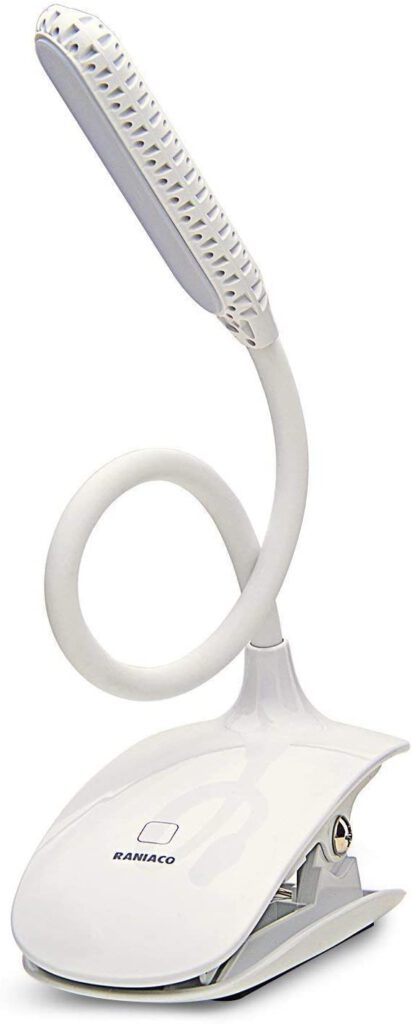
According to a research done by Rensselaer Polytechnic Institute’s Lighting Research Center, changeable lighting can have a substantial influence on reading performance and general comfort. The study discovered that adjustable desk lighting can enhance reading speed and accuracy, minimize eye strain, and boost overall reading happiness.
Aside from the advantages for reading, an adjustable neck or arm might make it simpler to focus light where it is needed for other tasks, such as working on a computer or finishing craft items. The ability to quickly modify the angle and direction of the light can improve visibility and lessen the danger of eyestrain or weariness.
Tip #4: The Convenience of a Clip or Clamp for Book Reading Lights
When reading in bed or on the couch, a light with a clip or clamp might be a useful feature. You may attach these lights to a book or other surface, freeing up your hands and allowing you to read in a more comfortable position.
According to a research done by Rensselaer Polytechnic Institute’s Lighting Research Center, the ability to adjust the direction and intensity of light can have a substantial influence on reading performance and overall comfort. A light with a clip or clamp allows you to quickly move the light where it is needed, improving visibility and lowering the risk of eyestrain or weariness.
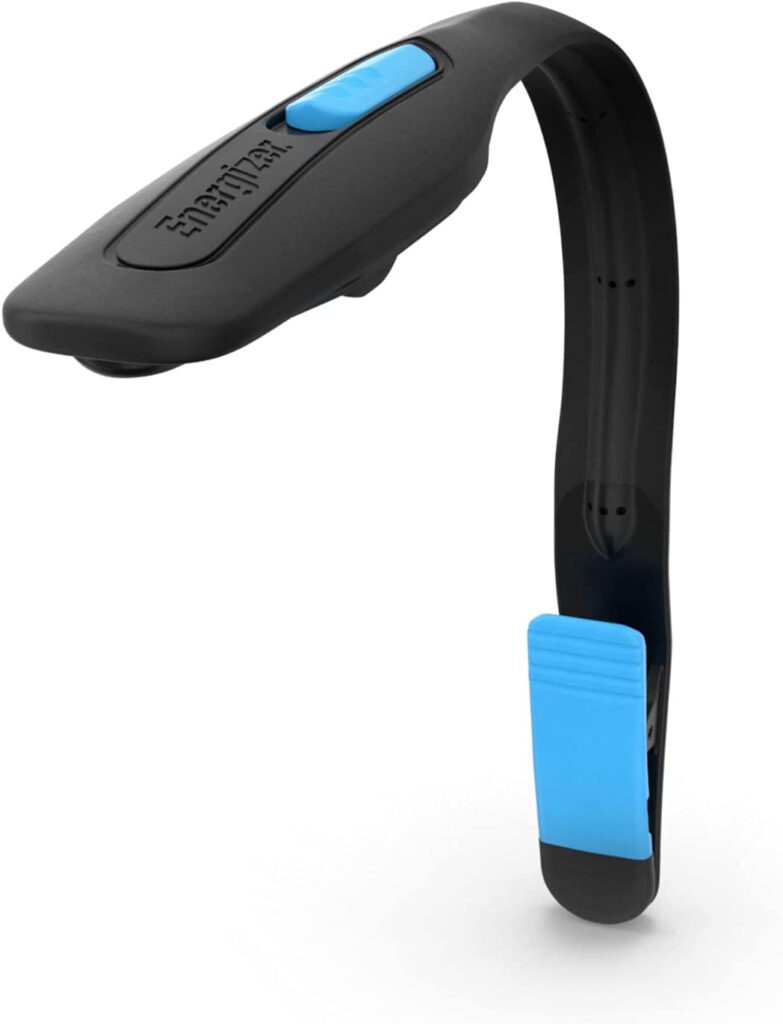
A light with a clip or clamp might be handy for other activities, such as working on a laptop or finishing craft projects, in addition to reading. The lamp’s ability to be quickly attached to a surface allows you to direct the light where it is required, boosting visibility and making it easier to see what you’re doing.
Have a look to the Energizer Clip On LED Light as an example.
Tip #5: The Versatility of a Dimmer Function for Book Reading Lights
When selecting a book reading light, a light with a dimmer function might be handy. A dimmer function lets you modify the brightness of the light to your liking, making it simple to create the ideal environment for reading or other chores.
According to a research done by Rensselaer Polytechnic Institute’s Lighting Research Center, the intensity of light can have a substantial influence on reading ability and general comfort. Too much light can produce glare and discomfort, while too little light can make reading the text difficult, resulting in eyestrain and weariness. You may change the brightness of the light using a dimmer to find the best setting for your requirements.
Before You Go…
You’re now ready to pick the appropriate light for your reading requirements. Whether you’re a frequent traveler, a night owl, or simply enjoy curling up with a good book, there’s a book light out there for you.
If you are looking a reading light for your child then you need to be extra vigilant with what we discussed above.
Here are a few places to look at if you want to learn more about book reading lights:
- Rensselaer Polytechnic Institute’s Lighting Research Center: This group does study on the effects of illumination on human health and behavior and has released various papers on reading lights.
- The American Academy of Ophthalmology: This organization provides advice and suggestions on how to choose reading lights and reduce the risk of eyestrain.
